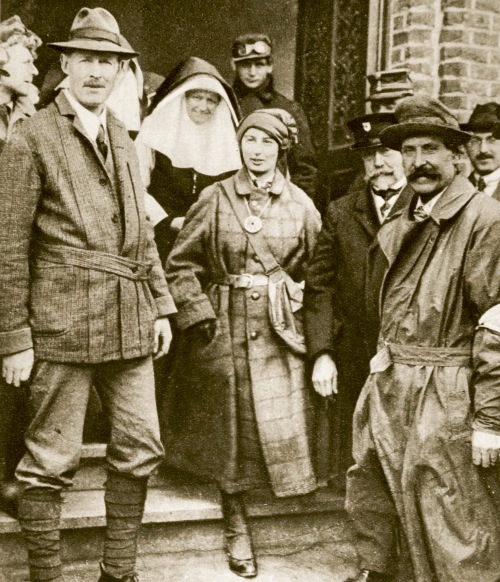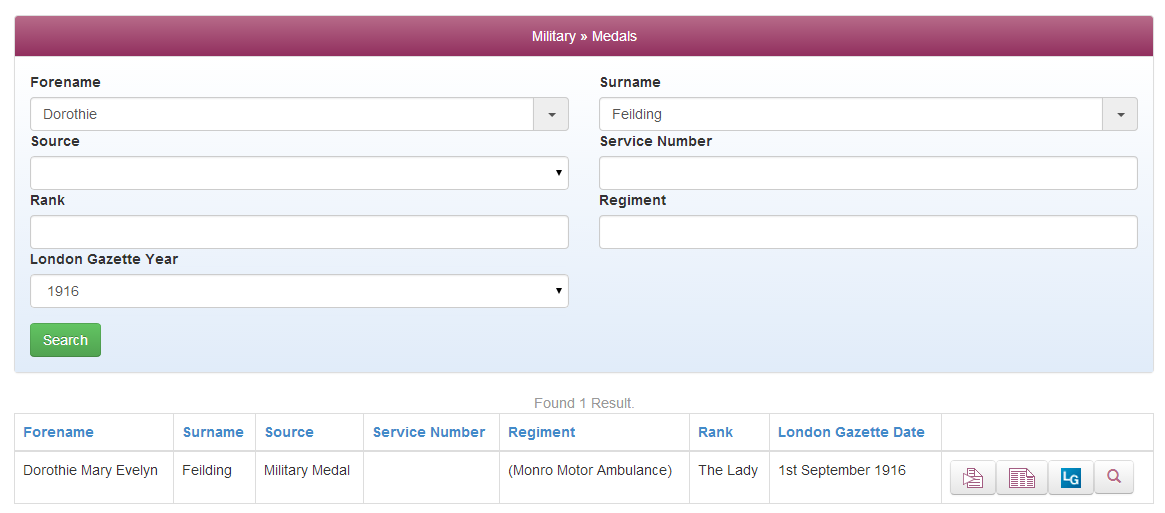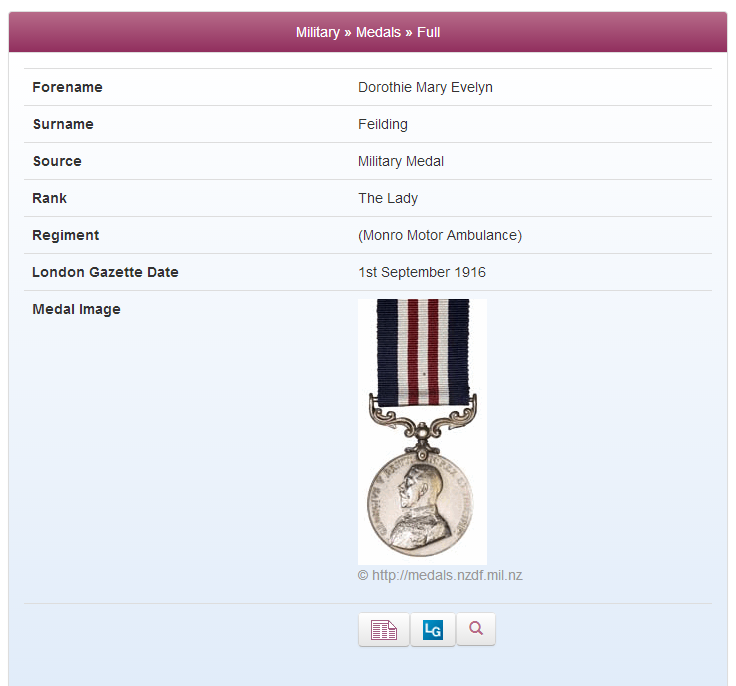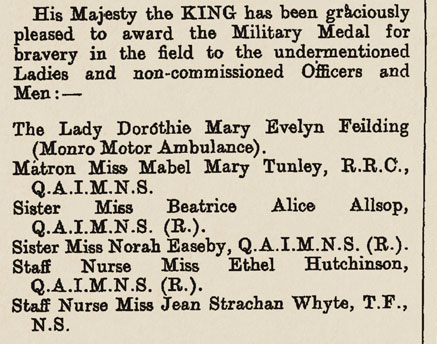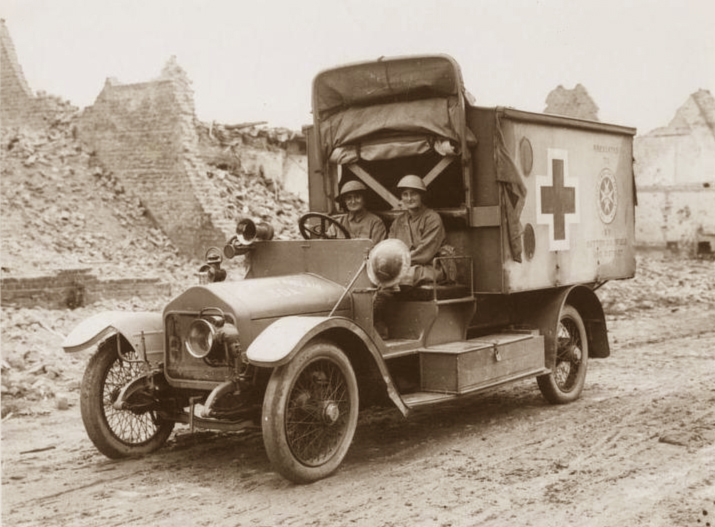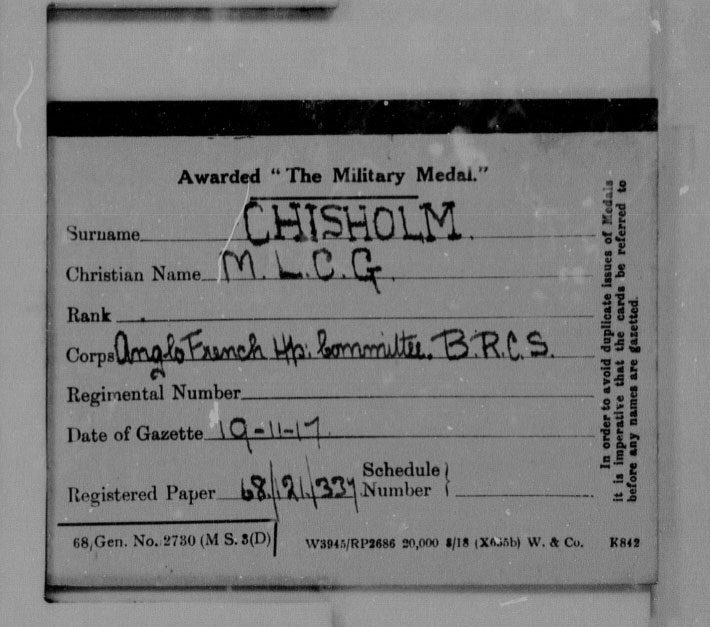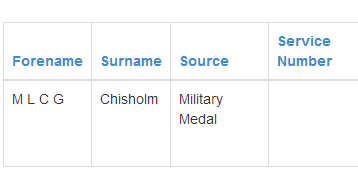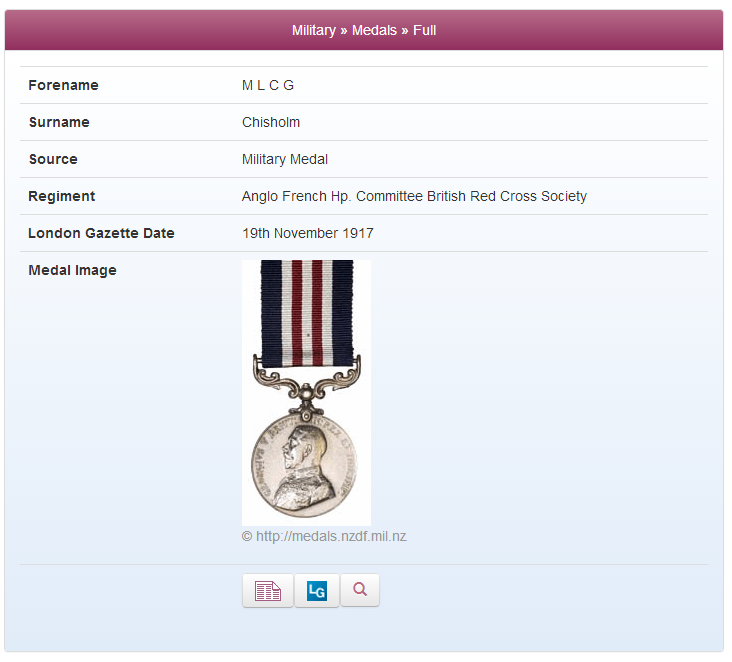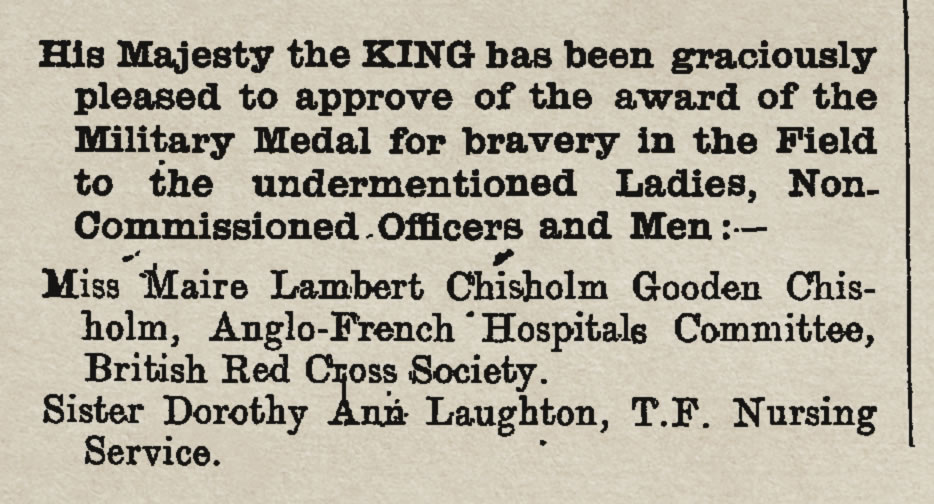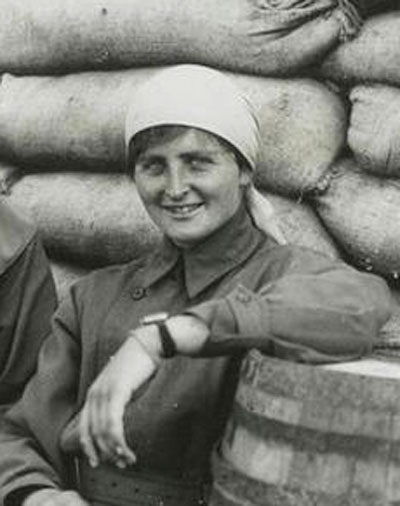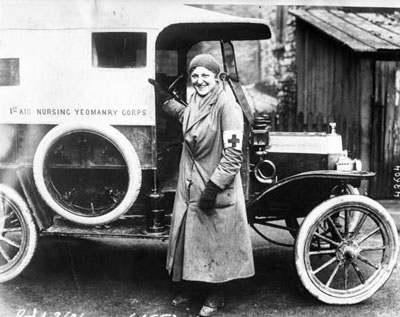The Military Medal (or MM) was a medal awarded for exceptional bravery. It was awarded to the Other Ranks (N.C.O.’s and Men) and was first instituted in 25 March 1916 during The First World War, to recognise bravery in battle.
The Military Medal was the equivalent to the Military Cross (MC) which was awarded to commissioned officers. The MM ranked below the Distinguished Conduct Medal (DCM), which was also awarded to non-commissioned members of the Army.
Recipients of the Military Medal are entitled to use the post-nominal letters "MM". Over 117,000 awards were made for actions during the First World War. Additionally, over 5,700 bars were awarded, as well as 180 second bars. There was one instance of a third bar being awarded; this was made to Private Ernest Albert Corey, who served as a stretcher bearer in the Australian 55th Infantry Battalion, on the Western Front.
The MM Collection on TheGenealogist covers those medal recipients in The First World War covering the years from 1914 to 1918. These records are available to Diamond subscribers.
The records offer a full name, service number, rank and regiment with the date the medal was awarded. There is a link to a copy of the image of the actual card and uniquely there is a link to the listing in the London Gazette. The Gazette is the one of the official journals of the British Government and can be classed as one of the oldest surviving English newspapers.
TheGenealogist.co.uk has released over 117,000 new records of Non Commissioned Officer’s and Other Ranks who were awarded the Military Medal in The First World War. Uniquely these new records show details of the Recipients Medal Card with full details combined with a link to The London Gazette which can sometimes contain full details of the heroic deed that won them the medal.
The courageous women on the battlefields who changed attitudes and perceptions of society
Among the new ‘Military Medals’ collection released by TheGenealogist includes an elite band of women who volunteered for front line duty to save wounded soldiers, putting themselves in mortal danger.
Before (and at the start) of the First World, many were of the fervent opinion that the front line was not the place for a woman. This attitude pervaded the British Army in 1914 and they refused any female volunteers at the front. However, the Belgian Army were glad of the help in 1914 and Dr Hector Munro started the Munro Ambulance Corps with the mission of moving wounded troops from the battlefield to the hospitals in Flanders. His Ambulance Corps contained a number of young women from the wealthier classes of British society eager to assist.
Women such as Lady Dorothie May Evelyn Feilding-Moore, daughter of the 9th Earl of Denbigh, Mairi Lambert Gooden-Chisholm of Chisholm and her friend Elsie Knocker (who became Baroness Elsie De T’Serclaes) took leading high profile roles in the Ambulance Corps risking life and limb.
Case Studies
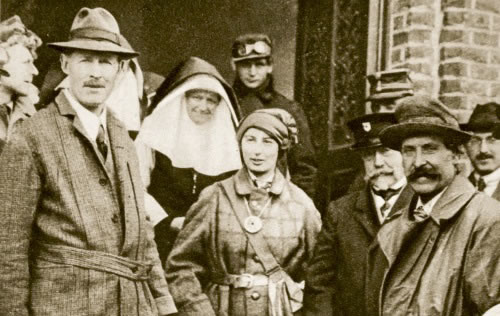
Lady Dorothie May Evelyn Feilding-Moore
Lady Dorothy had a keen sense of patriotic duty, her brothers and sisters all served in The First World War, she lost 2 of her 3 brothers killed in action. She was keen ‘to do something’ in the war and she joined the Flying Ambulance Corps.…
Read More…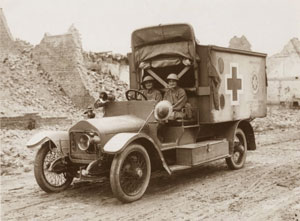
Mairi Lambert Gooden-Chisholm
Scottish born Mairi was from an independently wealthy family who also owned a plantation in Trinidad. Using their driving skills as friends in England, they joined the Flying Ambulance Corps and became ambulance drivers.…
Read More…TheGenealogist has a wide and varied collection of military records available to access. Find out more on how you can discover your ancestors from a range of subscriptions available.

